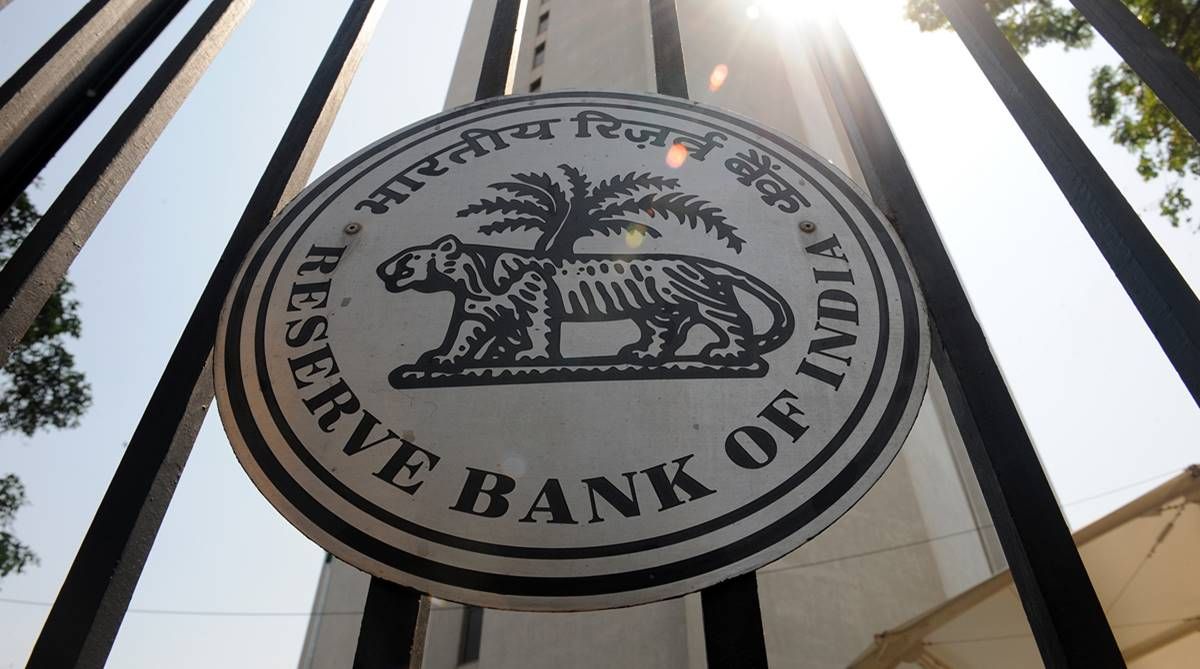Congress’ ‘mangalsutra’ attack on PM Modi over Prajwal Revanna sex scandal
Congress also urged Narendra Modi government at the Centre to bring back Revanna with the help of Interpol.
That two economists of international eminence have found it impossible to serve as its governors under the current dispensation is self-revealing of the narrow straits into which India’s central bank is being forced into, which is far from edifying.

Reserve Bank of India (RBI) (Photo: Facebook)
It is a little disconcerting that two of the most ‘significant developments’ ~ to be politically correct ~ around the very keystone of Indian’s financial architecture have been subject to public derision and lampooning, which amounts to stating that the Reserve Bank of India is being de-backboned.
That two economists of international eminence have found it impossible to serve as its governors under the current dispensation is self-revealing of the narrow straits into which India’s central bank is being forced into, which is far from edifying.
That a former bureaucrat should be chosen to guide the bank currently navigating extremely choppy waters need not be so disturbing per se, considering that the bank has been well served by former bureaucrats; one of whom won the University of Cambridge’s Adam Smith Prize (even as a callow youth) and went on to achieve much more.
Advertisement
The most recent departee, as the Prime Minister conceded, is “an economist of a very high calibre with a deep and insightful understanding of macroeconomic issues”. Even as he was allowed to go, he was credited, again by Narendra Modi, with having “steered the banking system from chaos to order and ensured discipline… financial stability”.
To the surviving question about why the government could not retain this competent officer, there is no credible answer save that other pressures from edacious entrepreneurs, with hands in the scheduled commercial banks (SCB) tills, carried the day. This is why the government’s current choice to head the central bank enhances fears about its autonomy.
While he is familiar with the ropes, Shaktikanta Das is not known to have stood up to his political bosses. Indeed if, as Economic Affairs Secretary, he had successfully explained the flip side of demonetisation instead of defending the indefensible, the political stature of the government may not have been thus compromised.
Truth to tell, the fight for RBI autonomy has been carried on by its redoubtable deputy governor, Viral Acharya, an IIT-ian with top international finance credentials who has explained why the dreaded Prompt Corrective Action (PCA) was essential to stop the SCBs from haemorrhaging because the gross non-performing assets and restructured standard advances in the banking system stood at 12.1 per cent of gross advances at end- March 2018 (RBI annual report, 2017-18) and the central bank’s stress tests suggested that, under the baseline assumption of the current economic situation, this ratio would increase for SCBs in 2018-19.
Also, the clampdown had not affected overall lending; the reduced disbursals by PCA banks being “more than offset by credit growth at healthier banks”, implying an “efficient reallocation of credit for the real economy with a financially stable distribution of risks across bank balance-sheets”.
Within minutes of his appointment, industry has pounced on the new governor to ease PCAs, reminding one of the wisdom of Urjit Patel’s predecessor who said: “one of the greatest dangers to the growth of developing countries is the middle-income trap, where crony capitalism creates oligarchies that slow down growth.”
Advertisement